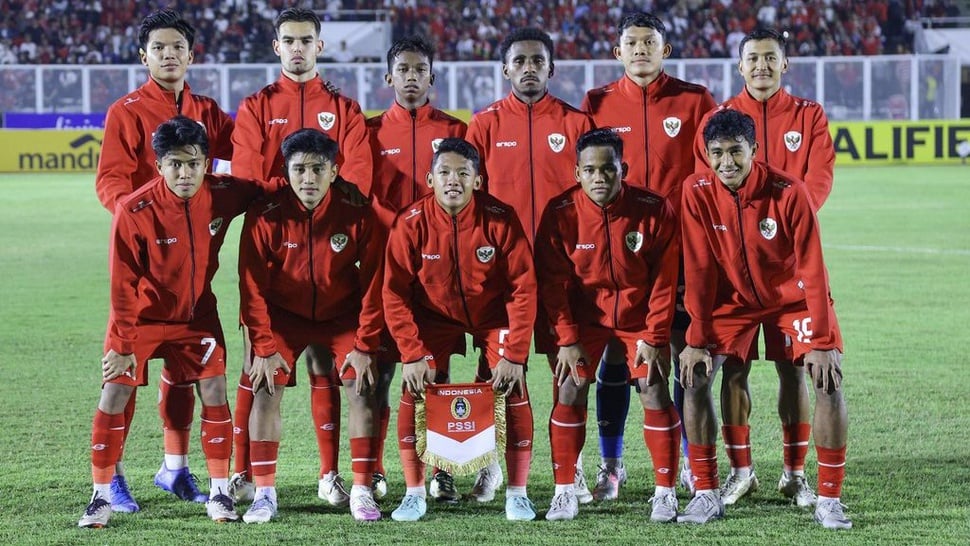How Effective Middle Management Improves Organizational Efficiency And Employee Morale

Table of Contents
The Critical Role of Middle Management in Bridging the Gap
Middle management acts as the crucial bridge between executive leadership and frontline employees. They translate strategic goals into actionable plans and ensure effective communication flows in both directions. This vital role ensures alignment across the organization and prevents misunderstandings or misinterpretations of company objectives. Without effective middle management, this crucial communication bridge collapses, leading to inefficiencies and decreased morale.
-
Key Responsibilities:
- Strategic Planning & Implementation: Translating high-level strategies into department-specific goals and action plans.
- Resource Allocation & Management: Optimizing the use of budgets, personnel, and other resources to achieve maximum efficiency.
- Performance Monitoring & Evaluation: Tracking progress toward goals, identifying areas for improvement, and providing constructive feedback.
- Communication & Feedback: Facilitating open communication between leadership and employees, ensuring information flows smoothly in both directions. This includes active listening and providing clear, concise communication.
- Mentorship & Employee Development: Providing guidance, support, and training to help employees develop their skills and advance their careers. This fosters loyalty and improves overall team performance.
-
Benefits of Effective Bridging: Improved communication, increased accountability, enhanced team cohesion, streamlined workflows, and a stronger organizational culture. Effective bridging leads to fewer errors, better resource utilization, and a more engaged workforce.
Enhancing Organizational Efficiency Through Effective Middle Management
Efficient middle managers streamline processes, optimize resource allocation, and identify bottlenecks, leading to significant improvements in overall productivity. They are the engine room of operational excellence, ensuring that resources are used effectively and that projects are completed on time and within budget.
-
Strategies for Efficiency:
- Implementing robust project management methodologies (e.g., Agile, Scrum): Using these frameworks allows for better organization, task prioritization, and progress tracking.
- Utilizing data-driven decision-making for resource allocation: Analyzing data to identify where resources are most needed and where improvements can be made.
- Streamlining workflows and eliminating redundant tasks: Identifying and removing unnecessary steps in processes to improve speed and efficiency.
- Promoting process automation where feasible: Using technology to automate repetitive tasks, freeing up employees to focus on higher-value work.
- Regular performance reviews and feedback sessions: Providing regular constructive feedback to employees and monitoring progress towards goals.
-
Measurable Outcomes: Increased productivity, reduced operational costs, improved project completion rates, faster turnaround times, and a more data-driven approach to decision-making. These improvements contribute directly to the bottom line.
Fostering a Culture of Collaboration and Teamwork
Effective middle managers build strong, collaborative teams by fostering open communication, mutual respect, and a shared sense of purpose. This collaborative environment leads to better problem-solving, increased innovation, and improved overall team morale.
-
Techniques for Collaboration:
- Regular team meetings and brainstorming sessions: Providing a platform for open discussion and idea generation.
- Encouraging open dialogue and feedback: Creating a safe space for employees to share their thoughts and concerns.
- Promoting cross-functional collaboration: Encouraging teamwork across different departments to solve problems and achieve shared goals.
- Recognizing and rewarding team achievements: Acknowledging and celebrating successes to boost morale and motivation.
-
Impact on Efficiency: Enhanced problem-solving, increased innovation, improved team morale and cohesion, resulting in increased productivity and improved outcomes.
Boosting Employee Morale Through Supportive Middle Management
Middle managers play a critical role in employee satisfaction and morale. Their actions directly influence employee engagement, motivation, and retention. A supportive middle manager can significantly impact an employee's overall job satisfaction and commitment to the organization.
-
Building Morale:
- Providing regular feedback and recognition: Acknowledging good work and providing constructive criticism to help employees improve.
- Offering opportunities for professional development and growth: Supporting employees' career aspirations and providing opportunities for learning and advancement.
- Creating a supportive and inclusive work environment: Fostering a culture of respect and understanding, where all employees feel valued.
- Addressing employee concerns and resolving conflicts promptly: Responding quickly and effectively to employee issues to prevent escalation.
- Promoting work-life balance: Encouraging employees to maintain a healthy work-life balance to prevent burnout and improve overall well-being.
-
Results of High Morale: Reduced employee turnover, increased job satisfaction, improved productivity, enhanced company reputation, and a more positive work environment.
Identifying and Developing Effective Middle Managers
Investing in the development and training of middle managers is essential for long-term organizational success. This investment pays off in increased efficiency, improved employee morale, and a stronger leadership pipeline.
-
Development Strategies:
- Leadership training programs: Providing training on leadership skills, such as communication, delegation, and conflict resolution.
- Mentorship opportunities: Pairing less experienced managers with experienced mentors to provide guidance and support.
- 360-degree feedback assessments: Gathering feedback from multiple sources to provide a comprehensive view of a manager's performance.
- Succession planning initiatives: Identifying and developing high-potential employees to fill future leadership roles.
- Performance-based incentives: Rewarding high-performing managers to motivate them to continue excelling.
-
Long-term benefits: A strong pipeline of future leaders, increased organizational resilience, sustained improvements in efficiency and morale, and a more robust and adaptable organization.
Conclusion
Effective middle management is not merely a layer of hierarchy; it's a critical driver of both organizational efficiency and employee morale. By implementing the strategies outlined above, organizations can cultivate a high-performing middle management team that bridges the gap between leadership and employees, streamlines processes, and fosters a positive and productive work environment. Investing in your middle management is investing in the future success of your entire organization. Don't underestimate the power of effective middle management—it's the key to unlocking your organization's full potential. Start building a stronger middle management team today and witness the positive impact on your organizational efficiency and employee morale. Improve your middle management and watch your organization thrive!

Featured Posts
-
 Polski Nitro Chem I Produkcja Trotylu Standardy Europejskie
May 06, 2025
Polski Nitro Chem I Produkcja Trotylu Standardy Europejskie
May 06, 2025 -
 The 5 Minute Song That Became A Rihanna Smash Hit 1 6 Billion Streams
May 06, 2025
The 5 Minute Song That Became A Rihanna Smash Hit 1 6 Billion Streams
May 06, 2025 -
 Gypsy Rose Life After Lockup Season 2 Free Streaming Methods
May 06, 2025
Gypsy Rose Life After Lockup Season 2 Free Streaming Methods
May 06, 2025 -
 Jadwal Pertandingan Indonesia Vs Yaman Piala Asia U20 2025 Link Live Streaming
May 06, 2025
Jadwal Pertandingan Indonesia Vs Yaman Piala Asia U20 2025 Link Live Streaming
May 06, 2025 -
 Former Child Stars Ayo Edebiri And Will Sharpe Lead New Apple Tv Show
May 06, 2025
Former Child Stars Ayo Edebiri And Will Sharpe Lead New Apple Tv Show
May 06, 2025
